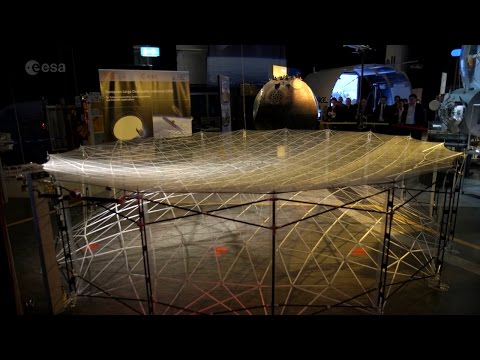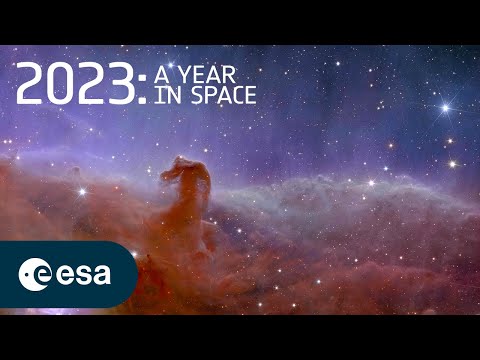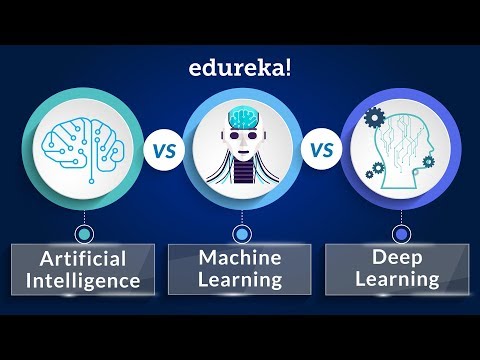Tracking spacecraft deep across the void
ESA operates some of the world’s most sophisticated deep-space tracking stations, enabling spacecraft to maintain contact with Earth while voyaging deep into our Solar System. The essential task of all ESA stations is to communicate with our missions, sending telecommands and receiving vital scientific data and spacecraft status information.
The Agency’s three Deep Space Antenna (DSA) stations are located in Australia, Spain and Argentina, and are centrally controlled from the ESOC Operations Centre in Germany. They are equipped with large, 35 m-diameter parabolic dish reflectors, weighing in at 610 tonnes, that can be rotated and pointed with extreme accuracy.
Using signal data from the stations and an advanced navigational technique known as ‘delta-DOR’, engineers can pinpoint the orbit of a spacecraft exploring Mars or Venus – a distance of over 100 million kilometres from Earth – to an accuracy within 1 kilometre.





This brings back fond memories of the 12 years as a staff member at ESA/ESOC in the very early days "ESRO – European Space Research Organisation" under the director general professor Hermann Bondi.
This is very interesting, thank you!
How come the James Webb Space Telescope is shown at the very beginning and at 6:56? Will this NASA craft be partially operated by ESA?
Chris: ESA and NASA ground stations regularly provide support to each other's missions; they are technically integrated and mission controllers at JPL, for example, can send commands or download data from a NASA spacecraft via ESA's ESTRACK stations just like an ESA mission controller can send commands to an ESA sat via DSN. For example, on 20 Jan 2014, when Rosetta wakes up and sends a 'hello' signal to Earth, the Rosetta team at ESOC will be listening… via NASA DSN stations.
These are all such well-made documentary videos, and yet so few people see them… a shame, really.
Es ist erstaunlich für mich, dass sich so viele Menschen für mein Hobby interessieren. Mir war es nicht vergönnt die englische Sprache in Wort und Schrift zu erlernen. Doch mit jetzt 80 Lebensjahren gönne ich mir den Luxus Informationen von der ESA zu bekommen und mich zu freuen, wie weit und schnell die Wissenschaft und Technik in meiner Lebenszeit von 1933 bis heute gekommen ist.
Most of this was over my head but its amazing the technology required to operate these spacecraft. I find these videos fascinating! Scientific achievement never ceases to amaze me…
Interesting. With my very limited knowledge I thought cavities would be used to get the different frequencies. There's videos on YT about dichroic mirrors for light, so guess it's the same principle. Would be fascinated to learn more, without having to read a scientific text
Complex matter, nicely explained.